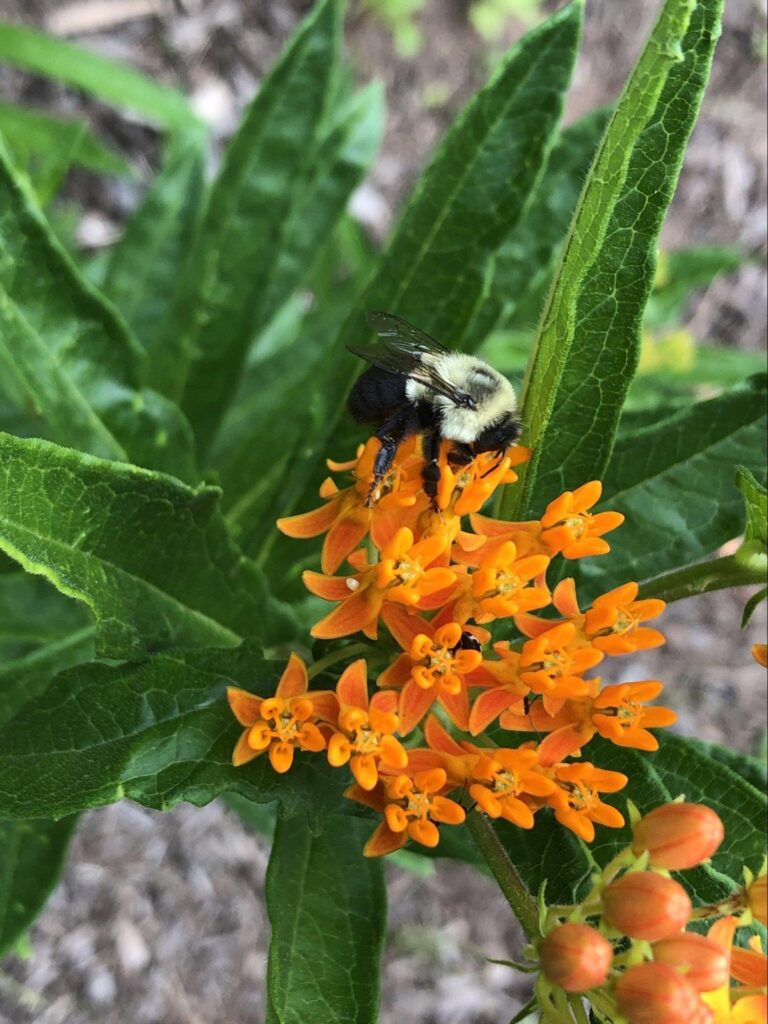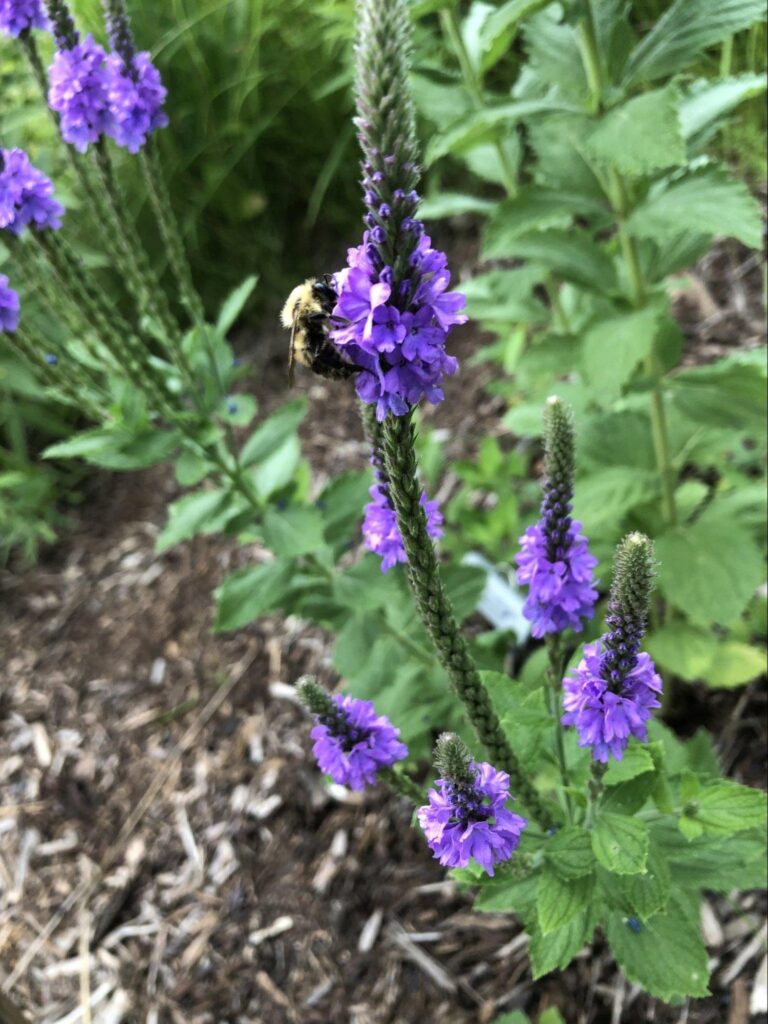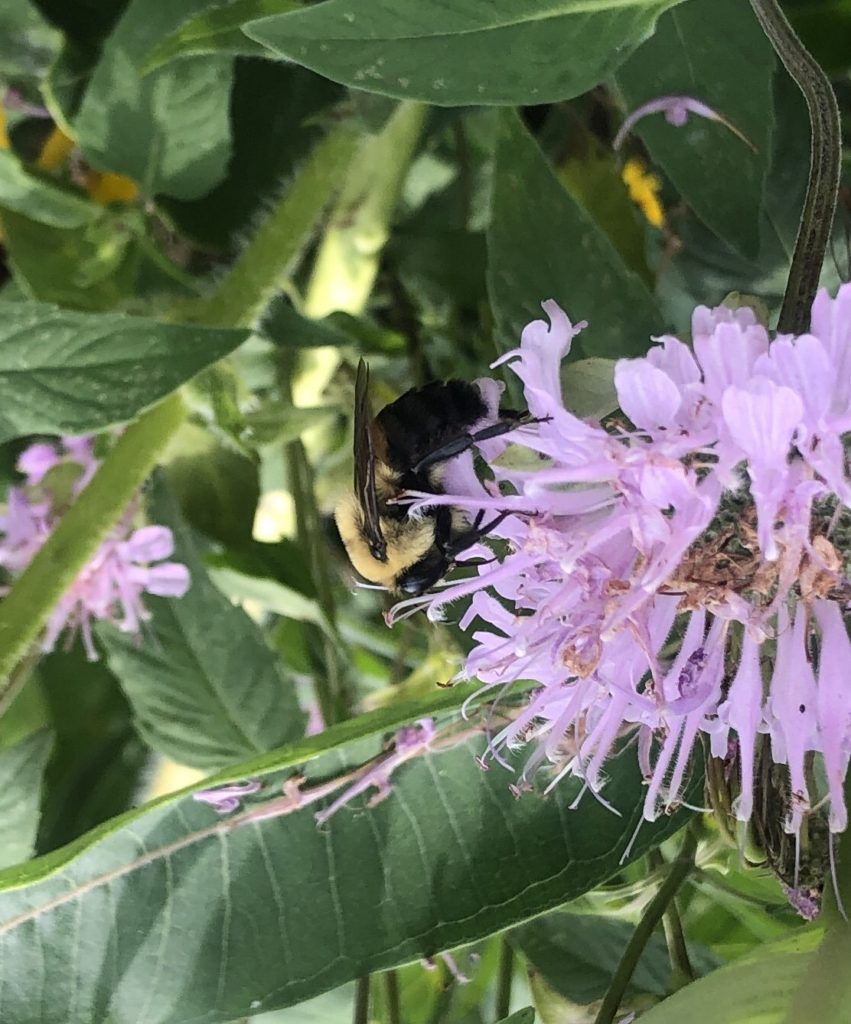by Ilse Gebhard, KAWO member
A while back I came across an interesting study on bumblebees. While the study was done in England, the same principles might apply right here in Kalamazoo County. I don’t see much hope for us to influence Big Ag to do much for pollinators. But we do have control over our own yards and we can help create habitat in public places and encourage our friends and neighbors to create habitat in their yards.
The abstract of the paper is below. If you would like to read the entire paper, please contact me at [email protected] or access the paper online at http://dx.doi.org/10.1098/rspb.2018.0807.
Samuelson AE, Gill RJ, Brown MJF, Leadbeater E. 2018 "Lower bumblebee colony reproductive success in agricultural compared with urban environments." Proc. R. Soc. B 285: 20180807.
Urbanization represents a rapidly growing driver of land-use change. While it is clear that urbanization impacts species abundance and diversity, direct effects of urban land use on animal reproductive success are rarely documented. Here, we show that urban land use is linked to long-term colony reproductive output in a key pollinator. We reared colonies from wild-caught bumblebee (Bombus terrestris) queens, placed them at sites characterized by varying degrees of urbanization from inner city to rural farmland and monitored the production of sexual offspring across the entire colony cycle. Our land-use cluster analysis identified three site categories, and this categorization was a strong predictor of colony performance. Crucially, colonies in the two clusters characterized by urban development produced more sexual offspring than those in the cluster dominated by agricultural land. These colonies also reached higher peak size, had more food stores, encountered fewer parasite invasions and survived for longer. Our results show a link between urbanization and bumblebee colony reproductive success, supporting the theory that urban areas provide a refuge for pollinator populations in an otherwise barren agricultural landscape.
Some bumblebees found on native plants at Kalamazoo College’s Lillian Anderson Arboretum. (Photos by Ann Fraser.)




